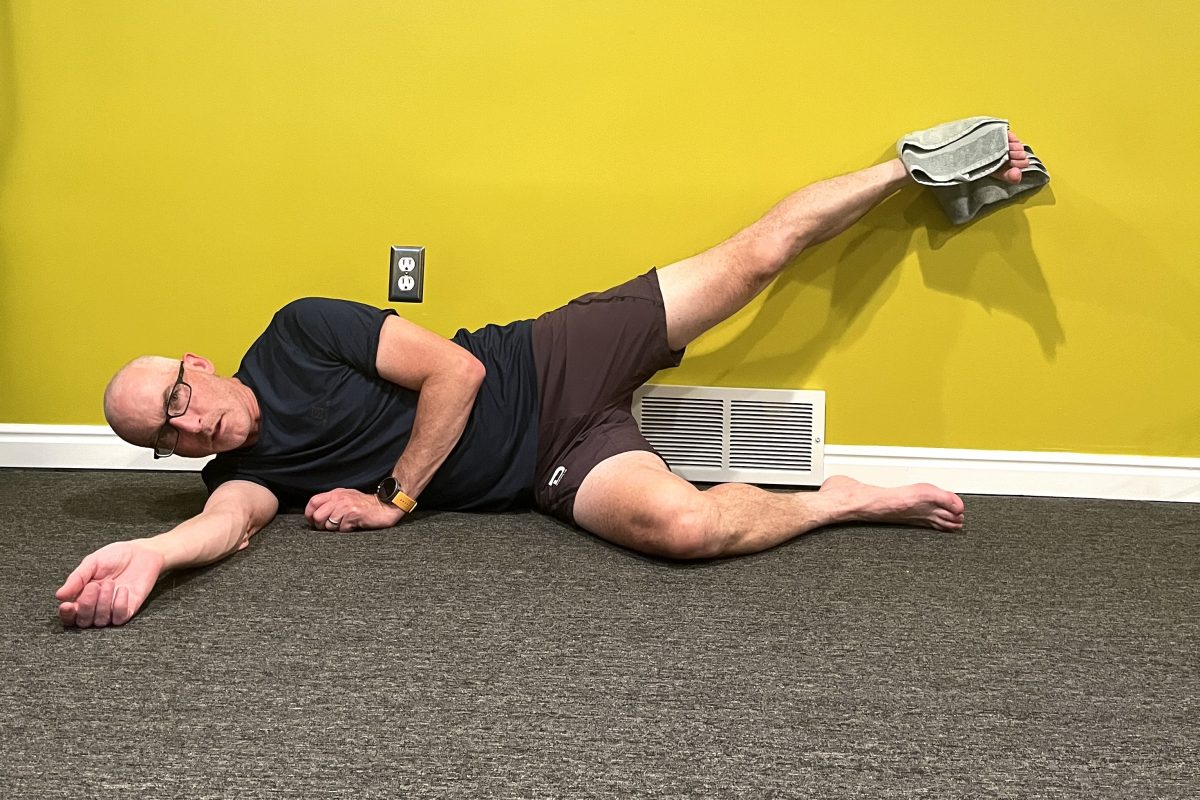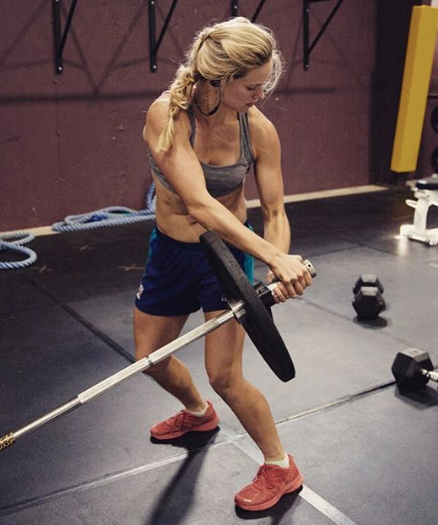I have in several articles this fall discussed what I consider being a good approach to distance training, intervals and training volume. See the Fasterskier.com archives (Training section) to re-read these articles:
“Interval Training That Works†— Sept. 23
“Update and Fall Training Ideas†— Oct. 3
“Distance Training That Makes You Better†— Oct.6
“One Very Good Interval Session†— Oct.22
Some key factors that effect decisions regarding training should be:
– How you feel
– How much total training volume you are doing
– Your number of hard sessions per week
– Your training and racing back-ground
I have tried to point out the fact that you have to develop a “feel†for the right pace and not copy a national team level skier’s program if you are training (only) once per day.
Create a plan that works for your weekly volume of 6, 8, 10 or 12 weekly training hours.
The recent Norwegian training discussion we have posted here at Fasterskier.com should have showed our readers that there are many strong opinions and issues regarding intensity and distance training.
Personally I favor a high number of (controlled) interval sessions and a mix of easy and medium and some harder distance training. Skiers training low hours need to train at generally higher heart-rates than high volume training athletes.
Individualize and adjust
Many years of coaching have taught me the need for individualizing the training, the need for daily adjustments, variety and finding new ways of doing “the same old workoutsâ€. Always using the same methods and intensities is a slow process towards stagnation and below average results.
I have also learned the need for adjusting to the situation. There is no point in always “crawling†up the hills and “almost falling over†(due to the slow speed) in order to keep your heart-rates or lactates below certain levels. This might be fine if you are training “mega†hours and training twice every day. However, this accomplishes very little progress in the “strength, heart and technique†department if you are putting in low to medium hours (being in school or holding a job for example).
It is in other words fine to keep the speed (heart-rate) higher in some distance sessions and get tired from the intensity and not “get tired from the length of the workout†— which is the typical long distance workout approach. The key when this occurs (skied, ran or rolled hard in a distance workout) is however to log it as what is was. As medium or hard training if that’s what you did — then do the appropriate recovery. Have in mind that always going hard will eventually wear you down. It needs to be a mix of easy, medium and hard training in order to accomplish the required stress on the circulatory system, appropriate recovery and training for your muscles to be good at all gears, – including the one used to go long and the ones used to go hard and fast.
. Great scenery. Felt good.</p>
<p><BR><img decoding=)



